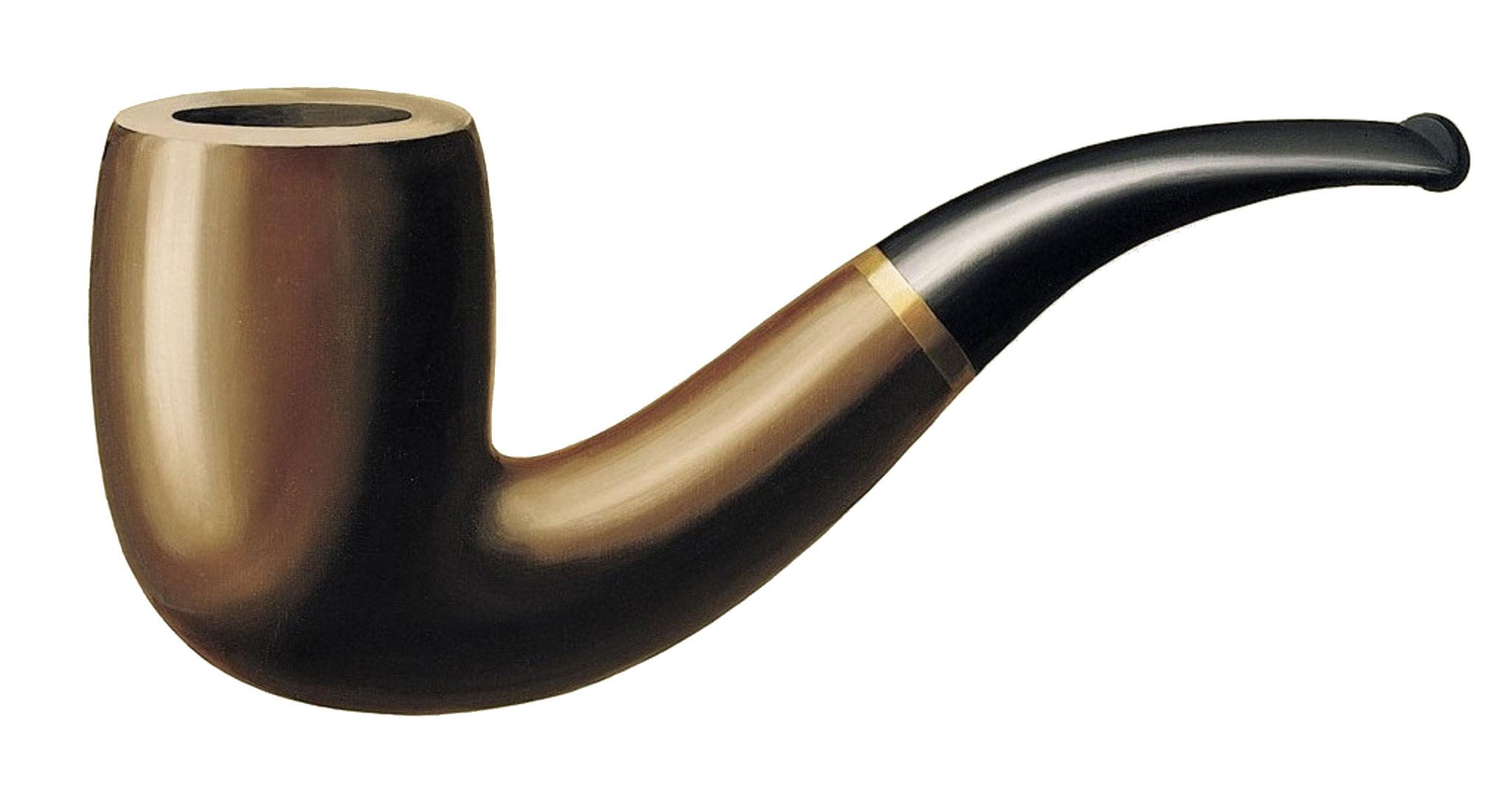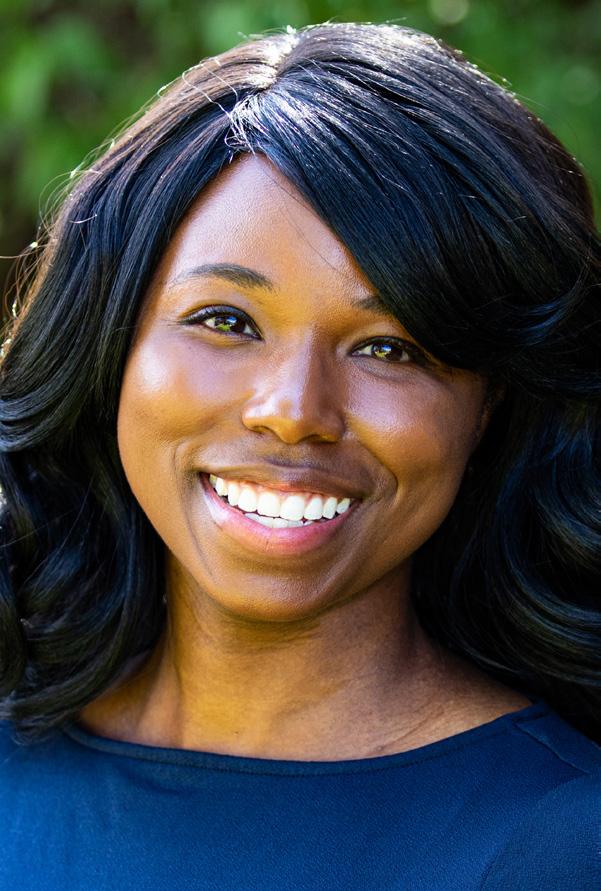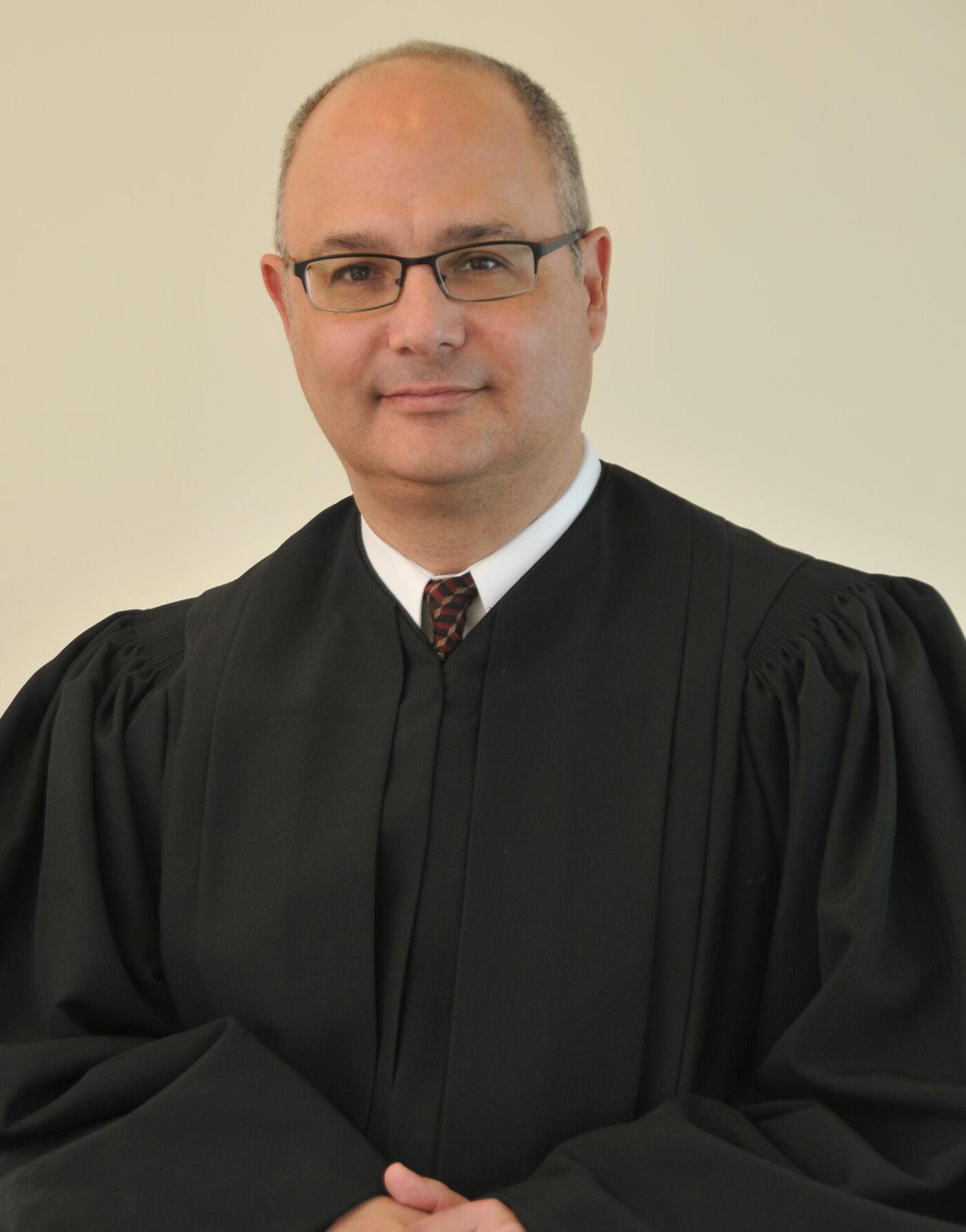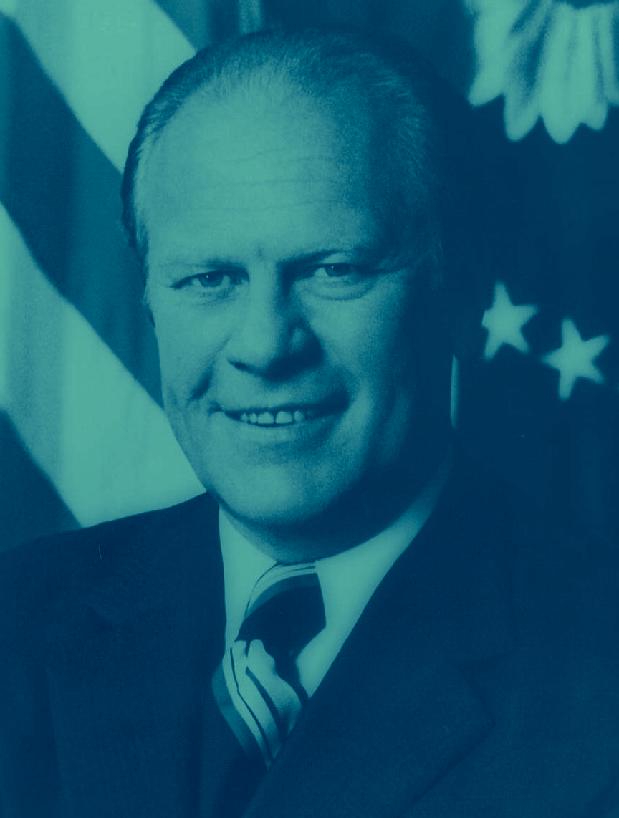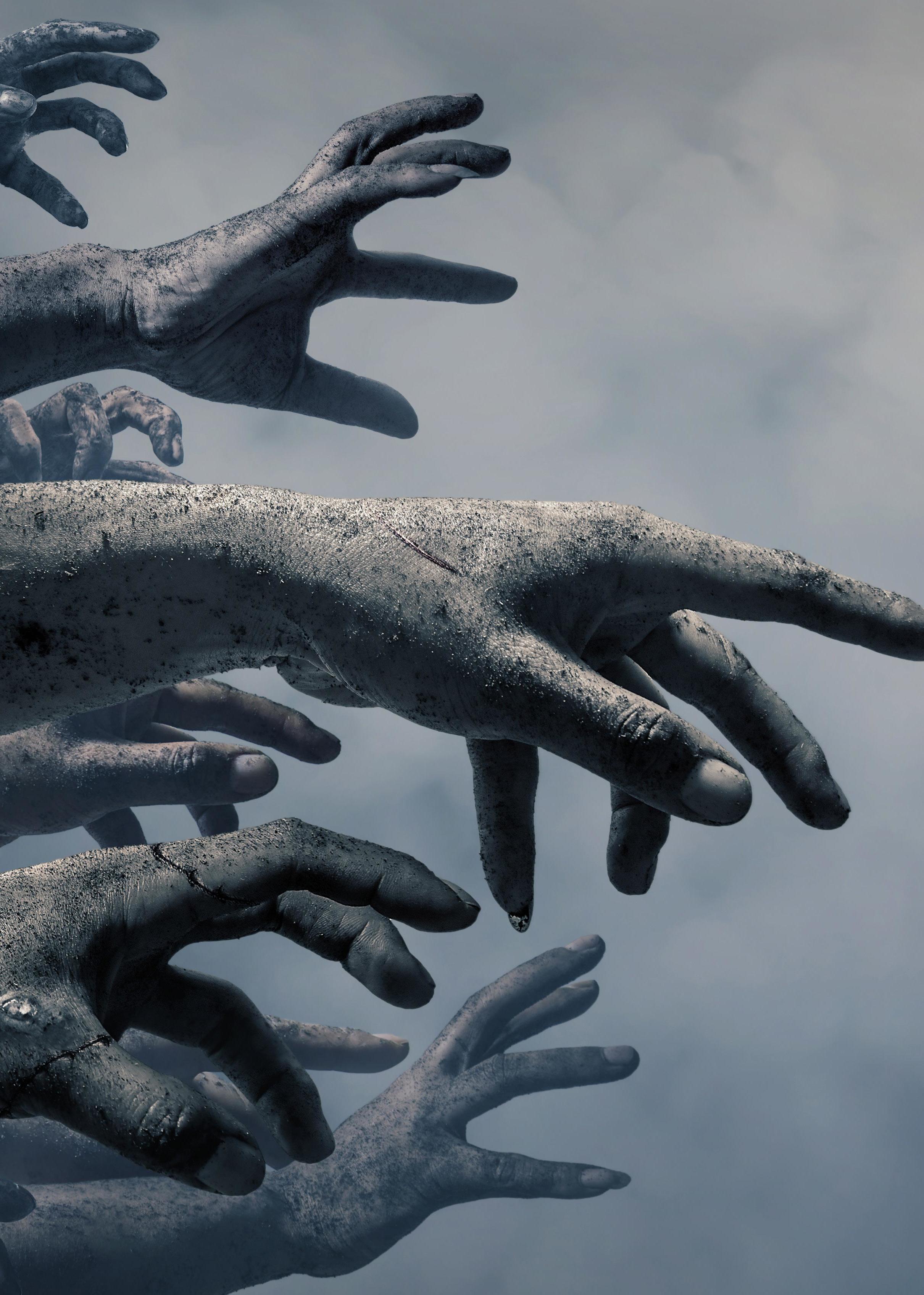COLAP WELLBEING CORNER
| BY ROBYN HACKER, PHD
Pause. Breathe. Feel. Sing. H
ow do you spend your daily 24 hours? Your 1440 minutes? If you charted your activities, would the time align with your values? Or, would you discover that somewhere along the way your priorities and values diverged? Sometimes it takes a crisis to create change. Significant disruptions to our lives allow us to examine where we have become derailed or veered from our true priorities and values and acknowledge that our lives have become a blur of perpetual motion. We race from task to task, anxious and feeling the pressures to be perfect, often exclusively attending to the needs of others at the expense of our own mental and physical health. We can literally forget to breathe as we race through our days, exacerbating our stress and making things worse. As we have been made acutely aware in the past few months, the most crucial survival function for a human being in the moment is respiration. And yet, ironically, we do not usually focus on breathing. It may arrive in our conscious awareness when we are unable to catch our breath while climbing a mountain or have a nearmiss merging onto the freeway. It certainly catches our attention during a pandemic caused by a respiratory-related virus. Even when we are aware, we do not observe the intricate processes involved in allowing our bodies to breathe. We certainly do not appreciate the power of this physiological wonder. According to Dr. Zaccaro and others in a 2018 article in Frontiers in Human Neuroscience, deep breaths can change our parasympathetic nervous system — the system that helps us calm and restore the body — and the way our central nervous system functions,which affects all other systems. Instead, we find ourselves entranced in surviving our dayto-day: wake up, work, family, friends, exercise, eat healthy, volunteer, sleep, and repeat. We take on more tasks than the minutes in the day allow, get lost in our daily routines and responsibilities,
6
•
THE DOCKET
•
and we lose sight of what fuels us. We forget to pause. To breathe. Thus, we do not give ourselves time to heal. The constant rush of adrenaline produced during the stress response also keeps us from feeling. This could be related to the real reason we halt our own breath — to avoid the discomfort that might fill the pause. When we are exposed to horrific news or witness something terrifying, we gasp and hold our breath. We do the same when we worry or have anxious thoughts. Deconstructing our emotions can feel intolerable. However, when we operate like a perpetual motion machine, sometimes for years, our brain and body will eventually protest. Our physical and mental health requires a collaboration between our mind, body, and emotions. These are all branches of the nervous system and when one hijacks the others we experience mental and physical dis-ease. Some of us will experience mental health issues, some will turn to substances for relief, and some will experience physical manifestations like insomnia, gastrointestinal problems, chronic pain, heart disease, and obesity.
OCTOBER/NOV EMBER 2020
We can improve collaboration between our cognitions, emotional health, and physical health through practice. The simple practice of identifying and labeling emotions makes them more manageable, even those that feel most intolerable on our worst days. It increases our acceptance of whatever is present for us in the moment and makes it less intense, according to a 2006 paper by Dr.Frattaroli in the Psychological Bulletin. We cannot selectively numb our unpleasant emotions; doing so prevents us from fully feeling the good in life. So, pause. Breathe. Feel. What emotions are with you right here in this moment? Where do you feel them in your body right now? Pause. Breathe. Feel. For me, it wasn’t the 10-year grind of higher education and training at top institutions to become a psychologist where I learned these lessons. Much like the legal community, the competition, perfectionism, and pressures of my profession reinforced the perpetual motion machine lifestyle as I attempted to juggle academic, professional, and

